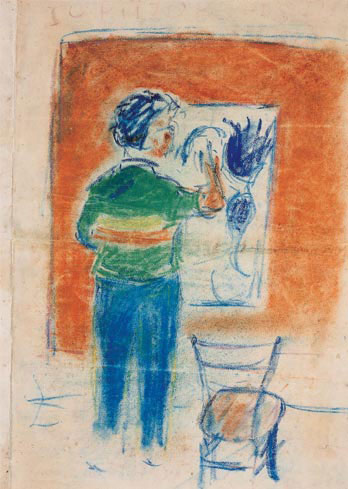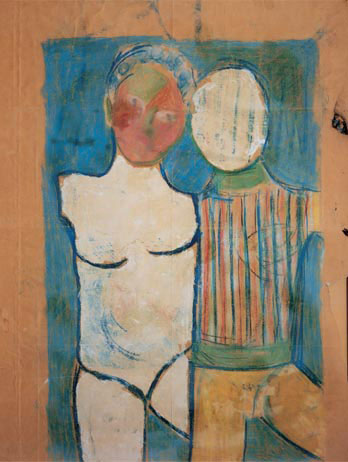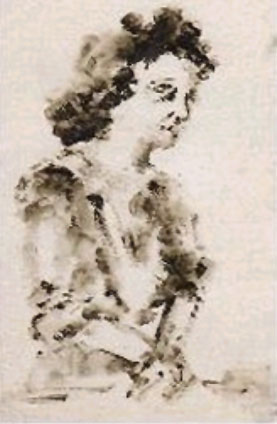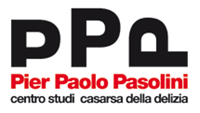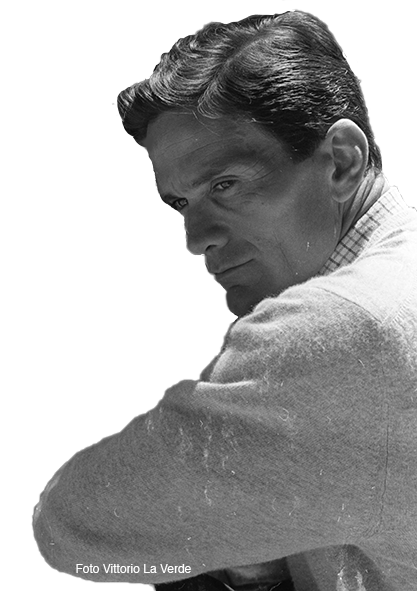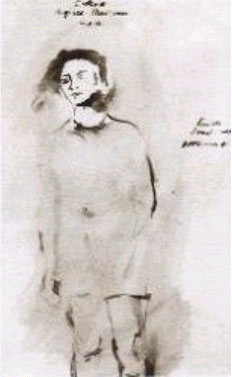
[blockquote author=”P.P. Pasolini, La ricerca di una casa, in Poesia in forma di rosa (1964), ora in Tutte le poesie, Milano 2003, vol. I, p. 1105.” link=”” target=”_blank”]Potrei anche tornare alla stupenda fase della pittura… Sento già i cinque o sei miei colori amati profumare acuti tra la ragia e la colla dei telai appena pronti…[/blockquote] Pasolini’s interest for painting has deep roots and it is intimately related to his sensibility. The poet’s following production as director, book reviewer, polemicist and theatrical writer is a clear proof of that. His pictorial “revelation” was born during Roberto Longhi’s Art History lessons, in the ardent atmosphere of the first academic years in Bologna [blockquote author=”Recensione di P.P. Pasolini (18 gennaio 1974) al volume di R. Longhi, Da Cimabue a Morandi, a cura di G. Contini, Milano, 1973, ora in Saggi sulla letteratura e sull’arte, Milano, 1999, vol. II, p. 1977″ link=”” target=”_blank”]Se penso alla piccola aula […] in cui ho seguito i corsi bolognesi di Roberto Longhi, mi sembra di pensare a un’isola deserta, nel cuore di una notte senza più una luce. E anche Longhi che veniva, e parlava su quella cattedra, e poi se ne andava, ha l’irrealtà di un’apparizione. […] Solo dopo Longhi è diventato il mio vero maestro. Allora, in quell’inverno bolognese di guerra, egli è stato semplicemente la Rivelazione.[/blockquote]
Longhi’s lessons focused on his book Fatti di Masolino e Masaccio. In this period Longhi was working on Piero della Francesca, the painting of the thirteenth and fourteeth-century and Caravaggio at the same time: all these elements would be part of the future Pasolini’s ideal production. Longhi represented for the poet the supreme spirit of culture and above all, a new intellectual focus. The extraordinary histrionic abilities of professor Longhi, were nothing compared to his lucid, modest asceticism.During his stay in Casarsa, his painting wasn’t just a theoretical experience.In summer 1945, Pasolini met the painter Federico De Rocco who was a student of Bruno Saetti. Federico taught Pasolini how to paint and he became his guide for the first attempts.
[blockquote author=”Questi versi furono mandati da P.P. Pasolini a Federico De Rocco nel 1959, per l’occasione di una mostra del pittore. Ora in Bestemmia, Tutte le poesie, Milano, 1993, p. 1737″ link=”” target=”_blank”]Il tuo colore: sogno d’una pura E squisita nazione, tono preesistente Che ai magici angoli della tua natura Margini d’una provincia muta e ardente, muto e ardente, tu stendi – per tenace scelta o modesta onestà? – là dove la lingua è ormai dialetto, e tace tra macchie d’alni e roveri, annose rogge e assolati casali. La grazia è resa, umiltà la fatica, l’assoluto un intenso vibrare di fondali dietro le fresche immagini di una vecchia vita.[/blockquote]
The results of the poet’s pictorial exercise are some metaphysical landscapes a la De Pisis. These attempts were followed by the famous Autoritratto con la vecchia sciarpa (Self-portrait with the old scarf ) of 1946 and Autoritratto con il fiore in bocca (Self-portrait with a flower in the mouth) of 1947. Some frulian paintings are kept in Casarsa: these consist on some ink drawings on paper, sketches of friulian figures with a marked preference for the life of youths. Pasolini during the friulian years used to write and draw with the same intensity and enthusiasm.
